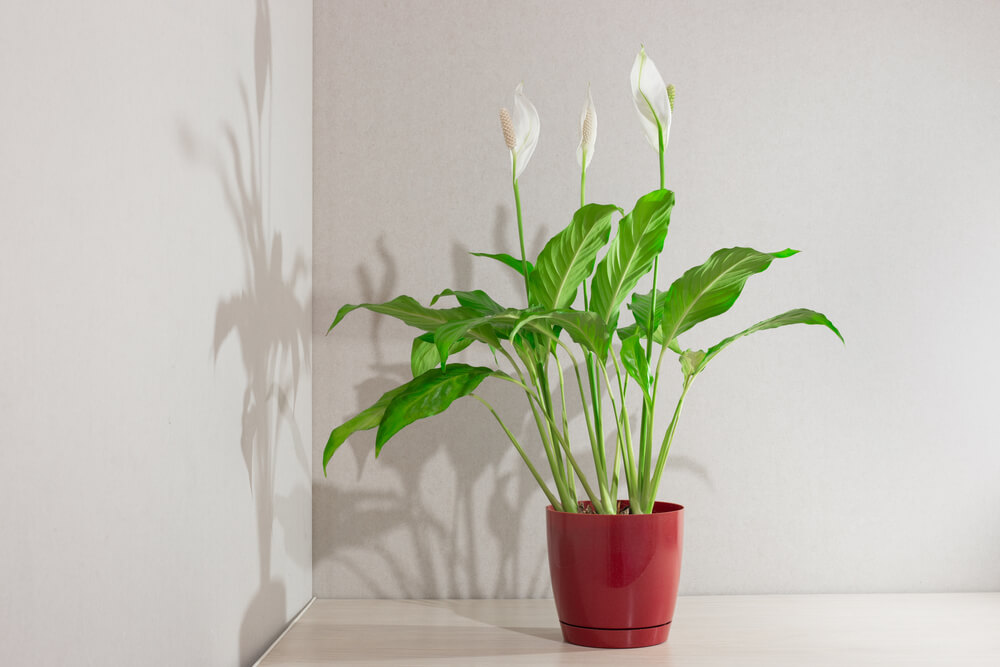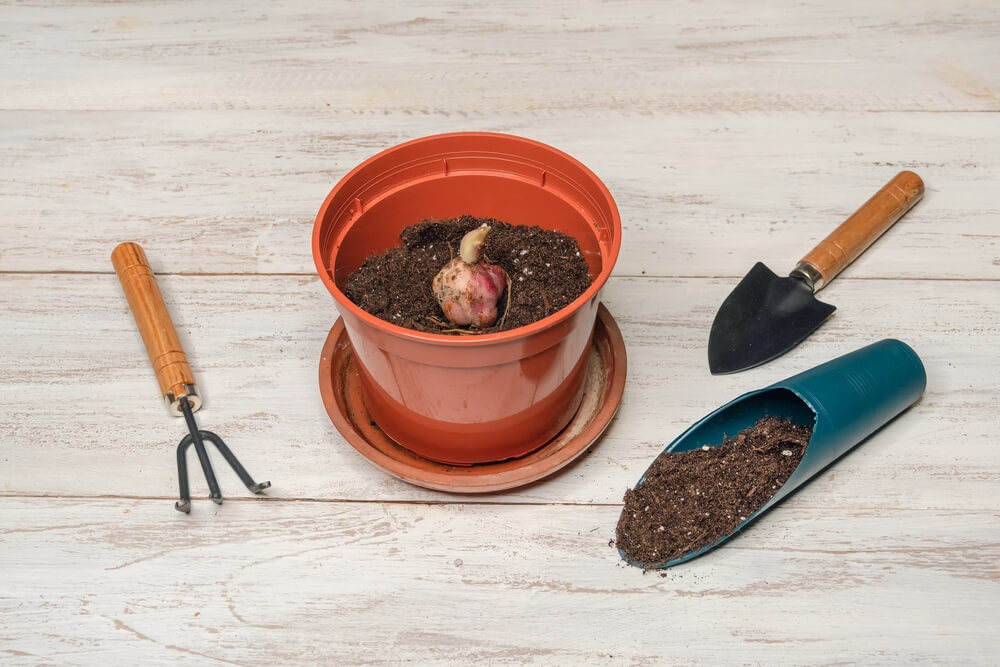
Lilies have long captivated the hearts of gardeners and flower enthusiasts alike with their stunning beauty and intoxicating fragrance. Known for their elegant blooms, lily flowers come in a variety of shapes, sizes, and colors, making them a versatile choice for any garden or floral arrangement. Understanding the allure of these majestic flowers begins with exploring the diverse types of lilies available.
There are several main varieties to consider when selecting lilies for your garden. Asiatic lilies are among the most popular due to their vibrant colors and hardy nature. They bloom early in the season and require minimal care, making them ideal for novice gardeners. Oriental lilies, on the other hand, are celebrated for their large blooms and sweet scent; they typically bloom later in the summer.
When it comes to lily plant care, these flowers generally thrive in well-drained soil with ample sunlight. It’s important to water them regularly but avoid overwatering as this can lead to bulb rot. Mulching around the base can help retain moisture while keeping weeds at bay.
Whether you’re drawn to their striking appearance or simply enjoy experimenting with different lily flower varieties in your landscape design, understanding how to nurture these plants will ensure they continue to grace your garden year after year with their enchanting charm.
The Best Time and Place for Planting Lilies
When it comes to planting lilies, timing and location play crucial roles in ensuring these beautiful blooms thrive. Knowing when to plant lilies is essential for their successful growth. Typically, the best time to plant lily bulbs is in the fall, before the ground freezes. This allows the bulbs to establish roots during the cooler months and prepare for a robust display in spring or early summer.
Equally important is understanding where to plant lilies for optimal growth. Lilies prefer well-drained soil with ample sunlight; however, they can tolerate partial shade depending on the variety. The ideal location for lilies should offer at least six hours of sunlight daily while providing some protection from harsh afternoon rays. Additionally, ensure that the planting site has good air circulation to prevent disease.
By carefully considering both when and where to plant your lilies, you can create an environment that supports vibrant blooms and enhances your garden’s beauty year after year.
Essential Steps in Planting Lily Bulbs for Optimum Growth

Planting lily bulbs can be a rewarding endeavor, yielding vibrant blooms that enhance any garden. To ensure optimum growth, it is crucial to follow a few essential steps. Understanding how to plant lily bulbs correctly begins with soil preparation. Lilies thrive in well-drained soil rich in organic matter, so it’s important to loosen the soil and incorporate compost or well-rotted manure to improve its fertility and drainage.
Once the soil is ready, consider the planting depth for lilies. A general rule of thumb is to plant the bulbs three times as deep as their height. This means if your bulb is two inches tall, it should be planted six inches deep. This depth helps protect the bulb from temperature fluctuations and provides stability for emerging stems.
In terms of bulb planting techniques, space each bulb about 8 to 12 inches apart to allow for adequate air circulation and room for growth. Place the bulbs with their pointed ends facing upwards and cover them gently with soil, taking care not to compact it too much.
Watering after planting is essential; however, ensure that you do not overwater as lilies prefer slightly moist but not waterlogged conditions. Following these steps will set a solid foundation for your lily bulbs, encouraging robust growth and beautiful blooms throughout the season.
Watering and Fertilizing Tips for Lilies
Caring for your lilies involves understanding their unique needs, particularly when it comes to watering and fertilizing. Establishing a consistent watering schedule for lilies is crucial in maintaining their healthy growth. Lilies generally prefer well-drained soil and should be watered deeply but infrequently, allowing the top inch of soil to dry out between waterings. This helps prevent root rot while ensuring that the plants receive enough moisture to thrive.
When it comes to fertilizers for lilies, selecting the right type can make all the difference in promoting vibrant blooms and robust foliage. A balanced fertilizer with equal parts nitrogen, phosphorus, and potassium is ideal for feeding lily plants. Applying a slow-release granular fertilizer in early spring as new growth begins can provide nutrients throughout the growing season.
For those looking to maintain healthy growth in lilies beyond basic care, consider supplementing with a liquid fertilizer every few weeks during active growth periods. This additional feeding supports strong stems and lush flowers. By following these watering and fertilizing tips, you can enjoy stunning lilies that add beauty and elegance to your garden year after year.
Pest Control and Disease Prevention in Lily Gardens
Lily gardens are a stunning addition to any landscape, but they require diligent care to remain healthy and vibrant. Understanding the potential threats posed by lily pests and diseases is crucial for maintaining their beauty. Common pests that target lilies include aphids, lily beetles, and spider mites. These insects can cause significant damage by feeding on the leaves and stems, which can weaken the plants and affect their blooming potential.
To protect your lilies from pests, regular monitoring is essential. Inspecting plants frequently allows for early detection of infestations. One effective pest prevention strategy for lily flowers is introducing beneficial insects like ladybugs or lacewings that naturally control pest populations. Additionally, using horticultural oils or insecticidal soaps can help manage these unwanted visitors without harming the environment.
Diseases such as Botrytis blight and Fusarium bulb rot are also common in lilies. These diseases thrive in wet conditions and can lead to discolored spots on leaves or rotting bulbs if left unchecked. Ensuring proper drainage in your garden beds and avoiding overhead watering can reduce the likelihood of disease development.
By implementing these preventive measures, you can enjoy a thriving lily garden free from the detrimental effects of pests and diseases, ensuring that your flowers remain a stunning focal point throughout their blooming season.
The Art of Pruning and Supporting Your Lily Plants
Pruning and supporting your lily plants are essential practices that ensure their health, aesthetics, and longevity. Understanding the right techniques can make a significant difference in the growth and bloom quality of these exquisite flowers.
When it comes to pruning tips for lily plants, timing is crucial. Begin by removing any dead or yellowing leaves at the base to prevent disease and improve air circulation. After the blooming period, cut back spent flowers to encourage energy conservation for bulb development rather than seed production. However, avoid cutting back green stems until they naturally wither, as they continue to photosynthesize and feed the bulb.
Supporting tall lilies is another vital aspect of care, especially for varieties known for their large blooms that can weigh down stems. Implement staking methods early in the growing season before blooms become too heavy. Use bamboo stakes or metal supports placed a few inches away from each plant’s base. Securely tie stems with soft garden twine or plant clips to avoid damage while allowing flexibility as plants sway in the breeze.
Finally, post-bloom care strategies are key to preparing your lilies for future flowering seasons. Continue watering regularly until foliage dies back naturally; this ensures bulbs remain hydrated without being waterlogged. Apply a balanced fertilizer after blooming ends to replenish nutrients depleted during flowering.
By following these pruning and support techniques, you can maintain healthy lily plants that thrive year after year, showcasing their stunning beauty throughout your garden space.
Troubleshooting Common Problems When Growing Lilies
Growing lilies can be a rewarding experience, but like any gardening venture, it comes with its set of challenges. Understanding and addressing common issues with growing lilies is key to maintaining healthy plants.
One frequent problem gardeners encounter is yellow leaves on lilies. This can be caused by several factors, including overwatering, nutrient deficiencies, or pest infestations. To solve growth problems in lily plants related to yellowing leaves, first assess your watering schedule. Lilies require well-draining soil and should not sit in waterlogged conditions. Ensure that the soil dries out slightly between waterings to prevent root rot.
Nutrient deficiencies might also contribute to this issue. If you suspect this is the case, consider testing your soil and supplementing it with a balanced fertilizer rich in nitrogen during the growing season.
Pests such as aphids or red lily beetles can also cause yellowing leaves by feeding on plant sap or foliage. Inspect your plants regularly for signs of infestation and treat them promptly with appropriate insecticides or natural remedies like neem oil.
By addressing these common issues proactively, you can enjoy vibrant and healthy lily blooms throughout their growing season.
Enjoy a Flourishing Garden by Mastering How to Grow Lilies Flower Successfully!
In conclusion, mastering the art of growing lilies can transform your garden into a vibrant and flourishing haven. These elegant blooms, with their diverse colors and striking forms, add an unmatched beauty to any outdoor space. To ensure success in cultivating lilies, it’s essential to understand their specific needs and preferences. Start by selecting the right variety for your climate and soil conditions. Plant your bulbs in well-drained soil with plenty of sunlight exposure to encourage robust growth.
Regular watering is crucial, especially during dry spells, but be cautious not to overwater as lilies prefer slightly moist conditions rather than soggy roots. Fertilizing during the growing season can also help promote healthy blooms; however, it’s important to use a balanced fertilizer sparingly.
Additionally, keep an eye out for pests such as aphids or beetles that may target your plants and address any issues promptly with appropriate measures like natural insecticides or companion planting strategies. By following these guidelines and paying attention to the unique characteristics of each lily variety, you can enjoy a stunning display of flowers year after year. Embrace the journey of growing lilies. It’s not just about nurturing plants but also about enriching your gardening experience with patience and dedication.



